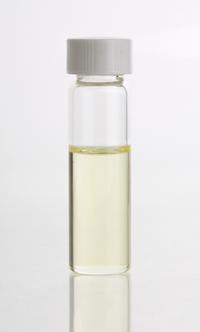
Photo from wikipedia
Abstract Haemaphysalis longicornis is an ixodid tick species of medical and veterinary importance. Investigation into the acaricidal activities of botanicals have increased recently but information about their molecular mechanism of… Click to show full abstract
Abstract Haemaphysalis longicornis is an ixodid tick species of medical and veterinary importance. Investigation into the acaricidal activities of botanicals have increased recently but information about their molecular mechanism of action is scarce. Here, RNA-seq analysis of the ticks exposed to Cymbopogon citratus essential oil and citronellal was performed and the responsive genes were identified. More than 6.39 G clean reads with Q20 ≥ 94.88% were obtained for each H. longicornis sample, with an average GC content of 50.94%. Using the Trinity method, 166,710 unigenes with a mean length of 869 bp and a maximum contig length of 29,156 bp were obtained. The upregulation of genes was concentration-dependent in most of the treated groups. Many genes responsive to C. citratus oil and citronellal were stress-related and they include genes associated with adrenergic signaling/calcium channels, cGMP-PKG signaling, apoptosis, focal adhesion, ECM-receptor interaction, ubiquitin-mediated proteolysis, mTOR signaling pathway, and longevity regulating pathway. The upregulation of genes (CACNAID, ADCY9, TPM1, and MYH6) associated with calcium channels suggests a neurotoxic mode of action, whereas, the upregulation of apoptosis-associated genes (CYC, DRONC, CASP7, CASP9, BCL2L1, bcl-xL, etc.) suggests a cytotoxic mode of action. The metabolism of C. citratus essential oil generates oxidative stress which increases the intra-mitochondrial free Ca2+ and triggers the formation of reactive oxygen species (ROS) that culminates to mitochondrial depolarization, ATP depletion, and either necrotic or apoptotic death. The neurotoxic and cytotoxic effects exhibited by the monoterpenes in H. longicornis is vital and could be exploited for the advancement of acaricide development and eco-friendly tick control.
Journal Title: Pesticide Biochemistry and Physiology
Year Published: 2021
Link to full text (if available)
Share on Social Media: Sign Up to like & get
recommendations!